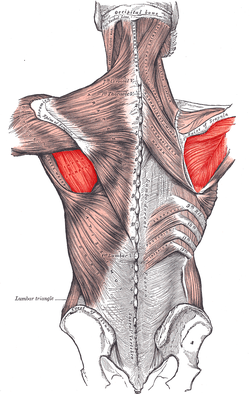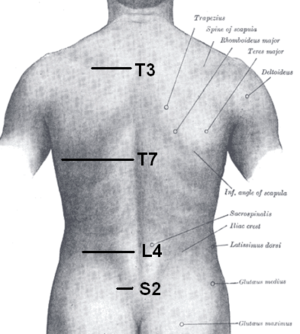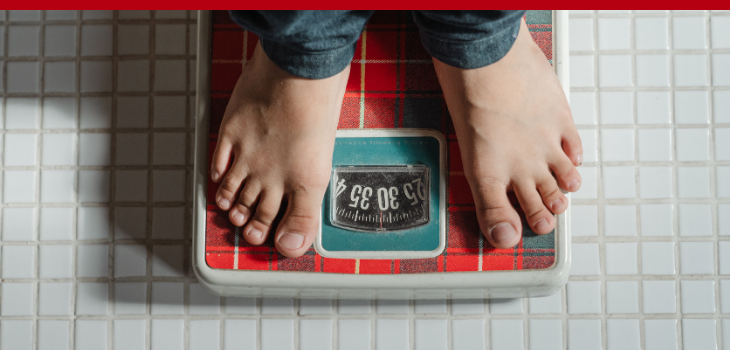If you’ve ever experienced low back pain, you know how debilitating it can be. According to a widely known statistic, about 80% of Americans will experience low back pain during their lives. Even more concerning is that many of us are walking around with problems in our low back and don’t even know it.
In a 1994 study by the New England Journal of Medicine, 98 people without back pain symptoms were given an MRI. The results? 80% percent of the MRIs came back showing disc bulges, protrusions and extrusions. 38% of them had problems at more than one level. In other words, these people had serious damage in their low back, sometimes at more than one location, but no symptoms. You can read the full study HERE.
What Does This Mean?
So what does this mean for people with low back pain? In my opinion this means that we are finding out that the source and symptoms of low back pain might be more complicated than we thought. Just because you had a positive MRI for a back disorder, it may or may not reveal the source of your low back pain. Diagnostic imaging is just one piece when it comes to solving the low back pain puzzle.
Steps for Relieving Back Pain
1. See your Doctor
First thing should be to find an orthopedic surgeon who specializes in low backs and get a diagnosis. A good orthopedist will be able to perform a medical assessment to determine what the dysfunction is. This may include x-rays, manual tests and an MRI. As The Lancet article above states, an MRI may not be able to determine everything but it can rule out serious conditions. Having a diagnosis will be very important when it comes how you should exercise. Conditions like spinal stenosis and disc herniations have very different guidelines when it comes to exercise. Without this knowledge you can serious injure yourself.
2. Get Physical Therapy
After you see your physician, he/she will determine if physical therapy is warranted. Physical therapy can be great for people who are in the acute stages of an injury or post-surgery. Physical therapists use stretching, mobilizations, massage, ultrasound and a host of other modalities to get you pain-free. Again, finding a good physical therapist who specializes in low backs is ideal.
3. Corrective Exercise/Post-Rehabilitation Exercise
This is the step that most people miss out on when it comes to managing a low back condition. They have seen their orthopedist, gotten physical therapy, they’re out of pain but don’t take the next step. As my post rehabilitation mentor Dr. Mike Jones -a physical therapist for over 25 years- says, “Exercise is the key to long-term management of most medical conditions.”
Corrective exercise uses assessments of your joint range of motion, posture and movement to determine what exercises need to be used. Post rehabilitation is the developing safe and effective fitness programs for specific medical diagnoses (e.g. shoulder impingement) or patients that have undergone surgical procedures (e.g. total knee replacement).
For example, one of my clients was having low back pain concomitant with a burning sensation in the front of both thighs. He went to his doctor who did some tests and determined he had arthritic changes to areas in his lumbar spine (spinal stenosis). Apparently it wasn’t bad enough for the doctor to prescribe physical therapy so he was left to deal with it.
After taking his medical history, conducting a postural assessment and movement screen, I was able to develop an exercise and flexibility program that completely relieved his symptoms in two months. This was a combination of doing the right exercises and staying away from ones that I knew would make him worse. This wouldn’t have been possible without the information we received from his doctor and the assessments I conducted.
If you are in the Miami area, contact me for a complimentary phone consultation where I’ll work with you to assess your problem and develop a plan to get you out of pain. Click HERE for my contact information.
Take Aways
What I want you to take away from reading this article:
- See your doctor to get a diagnosis and rule out any serious conditions. Yes, even if it is a pain in the butt to set an appointment and hang out for 30 mintues in the waiting room listening to bad elevator music. It’s worth it.
- Go to your physical therapy sessions if your doctor prescribes it.
- Find a corrective exercise expert to work with you or write you a program. Do NOT just “wing it” on your own. Bad idea. Really bad. A lot of trainers say they do corrective exercise. Make sure you ask for qualifications!
Thanks for reading! Did this article help you? Please post a comment below 🙂






